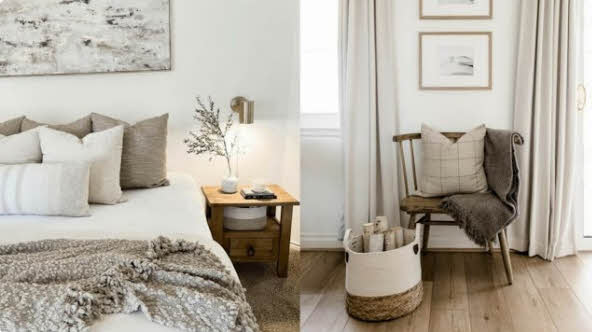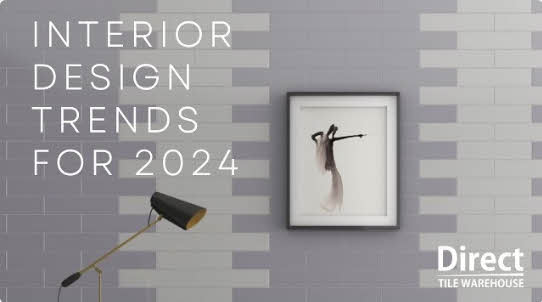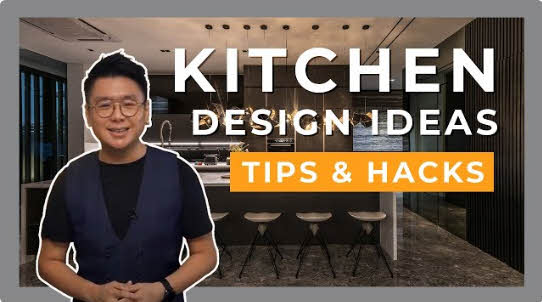Interior Design
Interior design is the art of enhancing the interior of a space to create a harmonious and aesthetically pleasing environment. Whether you’re starting from scratch or looking to refresh your home’s interior, understanding the key principles of interior design is essential. Let’s explore these principles to help you transform your living space into a place that reflects your style and personality.
Interior Design is making the best possible use of the available space
Principles that drive Interior Transformation
Balance:
Achieving balance is fundamental to a well-designed space. Balance can be symmetrical, where elements are evenly distributed on either side of a central point, or asymmetrical, where various elements are balanced through their visual weight. Strive for equilibrium in furniture placement, color distribution, and decorative elements to create a sense of stability.
Harmony and Unity:
Harmony and unity ensure that all elements in a room work together cohesively. Choose a consistent color palette, repeat patterns, and maintain a theme to create a unified look. The goal is to establish a sense of continuity throughout the space, promoting a tranquil and balanced atmosphere.
Contrast:
Introduce contrast to add visual interest to your design. Contrast can be achieved through the use of colors, textures, and shapes. For example, pair light and dark colors, smooth and textured surfaces, or mix geometric and organic shapes. Contrast creates focal points and prevents a space from feeling monotonous.
Emphasis (or Focal Point):
Every well-designed space should have a focal point that draws attention. This could be a statement piece of furniture, a striking piece of artwork, or a unique architectural feature. The focal point serves as the visual anchor of the room and guides the viewer’s eye through the space.
Scale and Proportion:
Consider the scale and proportion of furniture and decorative elements in relation to the size of the room. Oversized furniture in a small space can feel overwhelming, while too many small pieces in a large room may seem disjointed. Maintain a balanced scale to create a harmonious and visually pleasing composition.
Rhythm:
Rhythm in interior design creates a flow that guides the eye seamlessly from one area to another. Repetition of colors, patterns, or shapes establishes a rhythm that unifies the space. This can be achieved through the strategic placement of similar elements, such as matching throw pillows or evenly spaced wall art.
Functionality:
While aesthetics are crucial, the functionality of a space should not be overlooked. Design your home with the daily activities and needs of your household in mind. Ensure that furniture placement and layout facilitate easy movement and that each room serves its intended purpose efficiently.
Personality and Individuality:
Infuse your personality into your home. Incorporate personal touches, cherished mementos, and items that hold sentimental value. Your home should reflect your unique style and create a space where you feel comfortable and inspired.
Explore to Design
lets dive into the individual rooms and areas to get all the advice and guidance for your dream house. Absorb the trends and inspiration to fit your design style.




